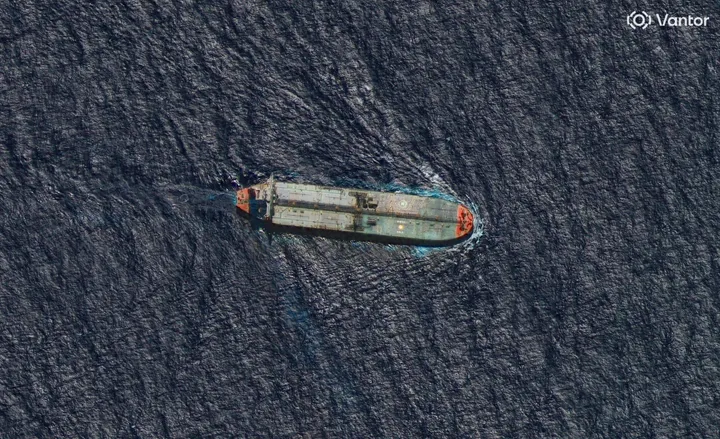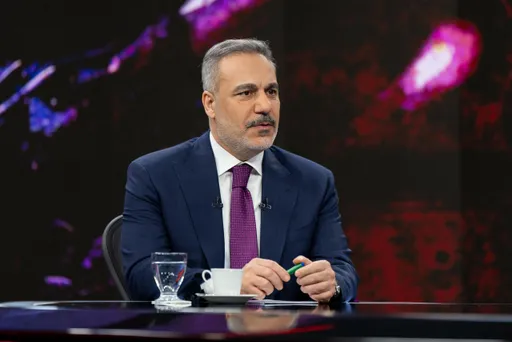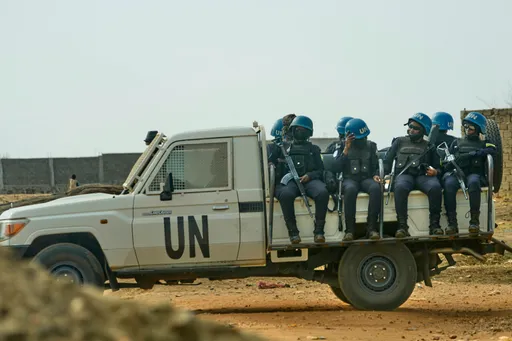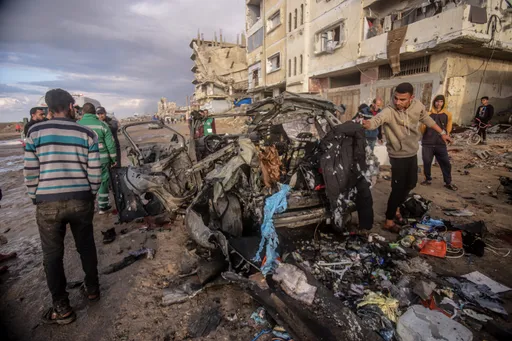The song evokes a feeling of righteousness despite lamenting a historic defeat. “O Mountains of Gunib. O soldiers of Shamil. Shamil’s citadel was full of warriors. Yet it has fallen, fallen forever.”
The song is still sung by Imam Shamil’s descendants. His name is imprinted in the minds of millions who belong to the Caucusus. Born at a time when imperial Russia was swallowing the territories of the Ottoman and Persian empires, from 1834 until his surrender in 1859, as the Third Imam of the Caucasus Emirate, Shamli united various warring peoples of the North Caucasus under the banner of a shared faith: Islam.
Today marks the 160th anniversary of Shamil’s surrender to Tsarist forces led by General Baryantinsky. In the aftermath of the surrender, the Avar resistance leader was received with great pomp by Tsar Alexander II and lived the remainder of his life in exile from his homeland. As with any famed historical personality, the circumstances surrounding the Dagestani leader’s surrender inspire competing historical narratives around his legacy.
The impact of 1859 still reverberates across the Caucasus and informs contemporary rivalry and geopolitics between the Chechen and Dagestani federal republics. Early last month, maverick Chechen President Ramzan Kadyrov piled into an already heated debate claiming Imam Shamil provoked “the annihilation of the Chechen people… and forced them to fight Russia for 20 years”. Kadyrov’s comments generated outrage across Dagestan from secular and religious bodies alike; Imam Shamil is revered as the unofficial father and consummate hero of Dagestan.
Popular Dagestani MMA fighters such as Khabib Nurmagomedov also expressed disagreement by changing their profile pictures on social media and posting on Instagram about the Avar leader. Khabib's ancestor Nur Muhammad is said to be one of Shamil's Naibs (commanders). The mayor of Makhachkala and chairman of the Dagestan National Assembly were also quick to voice their displeasure. These comments came amidst the 20th anniversary of the invasion of Dagestan by insurgent leaders in August 1999, which gave Russia a pretext to declare the second Chechen war. To add to the tensions, Dagestan fears Chechnya wants to annex the Kizlyar and Botlikh districts.
Kadyrov’s critics highlight what they see as the irony of his dismissal of the Imam’s legacy considering Kadyrov’s own father switched sides to Russia during the second Chechen war and it is now a faithful federal republic. Nevertheless, it seems that the Chechen leader captured his countrymen’s ambivalence towards the famous 19th-century warrior. Many Chechens (not all) I spoke to during my recent travels to the region, from government officials and laypeople across the political spectrum, felt Shamil needlessly surrendered for life in a comfortable exile funded by the Russian monarch.
Perhaps unknown to the world beyond the Caucasus, Chechens hold Baysangur of Benoy, one of the Imam’s Chechen commanders in greater esteem. Baysangur defied Shamil’s orders, refused to surrender, broke through the siege of Gunib and with a faithful band of followers resisted until he was hanged by Tsarist authorities in March 1861.
Baysangur, being Chechen and representing the national spirit of unbending resistance to Russia, exemplified by the fact he fought one-eyed, one-handed and one-legged, tied to his horse, has earned him a more favoured spot in Chechen national consciousness. Interestingly, it was upon Baysangur’s recommendation that many Chechen clans had joined Imam Shamil’s struggle in the first place. Yet tensions between Dagestanis and Chechens predated Shamil’s surrender, simmering during his period of rule.
To expand a little more on Shamil’s tenure as a resistance leader, the council of the elders of the Chechen Teips (clans) had invited the Avar Imam to join them in their efforts to resist Russian expansion; thus by March 1840 Shamil was declared the Imam of both Chechnya and Dagestan, and the latter erupted into anti-Russian rebellion giving Shamil’s Imamate fresh momentum. The Avar Imam now shifted his capital to Dargo, southern Chechnya and for the first time in their history Chechens were part of a centralised state, even if just for a brief period. Chechen mastery of guerrilla warfare in the nation’s large forests undoubtedly gave Shamil his most famous, spectacular victory against Tsarist forces in the Battle of Dargi during July 1845; three Russian generals, 195 officers and 3,433 Russian soldiers were killed by the Imam’s forces.
Despite some great shared victories, however, tensions between Imam Shamil and the Chechens were never far from the surface. The Dagestani leader found the Chechen tribes stubborn and insubordinate to many of his commands, such as paying administrative taxes and defying the Dagestani Naibs he appointed to rule regions of Chechnya. Equally, Chechens resented the fact that Shamil appointed his Avar kin to key positions in the administration of the Imamate over them. Whilst highly exaggerated, today’s Chechen president’s assertions that Shamil exacted harsh punishments such as execution on individuals and entire clans on the grounds of betrayal, disobedience and any talk of peace with Russia, do bear some truth.
The depiction of Imam Shamil in Russian historiography bears a remarkable resemblance to Russia’s attitude towards its Muslim populations at any given time; for instance, he was seen as an enemy to 19th-century Tsarist Russia, but was subsequently celebrated as a heroic warrior against imperialism in the early Soviet period. Could these new comments by Kadyrov, whose critics view him as the Kremlin’s man in Grozny, be reflective of the way Moscow aims to portray and demonise the image of national and religious leaders who led struggles against Russia in the North Caucasus?
In an interview with one of Imam Shamil’s descendants she placed great emphasis on the similarities she sees between the current president’s late father, Akhmad Kadyrov, and his pledge of allegiance to Russia in the Second Chechen War and Imam Shamil’s surrender as a decision to prevent further bloodshed of innocent civilians and recognition of the futility of continued war with a mighty global power.
In the light of heightened rivalry between Chechnya and Dagestan, perhaps it is best to follow the example of Baysangur; when the Russians hanged him in 1861, they ordered the watching Dagestanis to kick his stool, knowing this would inflame ethnic warfare. In an attempt to prevent this, Baysangur bravely kicked his own stool. Whilst both Chechens are right to lionise Baysangur and Dagestanis Shamil, it is crucial that Baysangur’s sacrifice to preserve brotherhood between the peoples of the Caucasus does not go in vain.
























